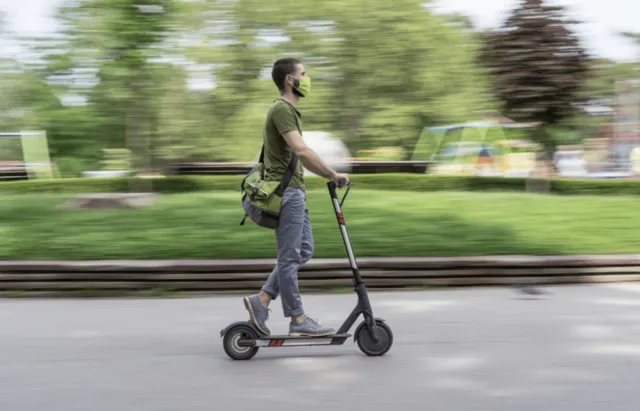UK motorists love nothing more than taking off for the weekend in their vehicles with their pet dogs. But, as you might expect, the law has a thing or two to say on the matter.
In this post, we explore the legal implications of driving with a dog in the car. We discuss your responsibilities, how to safely transport your pet, and whether dogs can sit in the front seat.
Content Overview
The Law and driving with a dog in the car
How should you transport your dog in the car?
Can dogs travel in the front seat of a car?
What are the dangers of unsecured pets?
The Law and driving with a dog in the car
According to rule 57 of the official Highway Code, you must make sure that dogs are suitably restrained while traveling with them in your vehicle. This is to make sure that:
- They do not distract you while driving
- Injure themselves if you stop quickly
As experienced pet owners know, driving with your dog in the car can be distracting. Unrestrained animals may jump into your lap or lean out of the window, diverting your attention from what’s happening on the road. Therefore, proper dog restraint is an essential piece of kit.
How should you transport your dog in the car?
The Highway Code recommends that drivers one of the following options to restrain their pets:
- Seat belt harness suitable for dogs
- Dog cage
- Dog guard
- Carry cage, suitably restrained
Dog crates are among the safest and most comfortable ways to transport your dog. Animals are often already acclimatised to cages (it feels like being in the dog bed). Crates offer plenty of space to move around while, at the same time, preventing dogs from disturbing you or risking injury to themselves.
Some drivers use seat belt harnesses. These attempt to restrain dogs in a similar way to human passengers. When fitting dog harnesses to front seats, remember to deactivate the passenger-side airbag to prevent injury during a crash.
A dog guard is a metal grate that fits between the boot and the passenger section of the cabin.
Lastly, a carry cage is a small crate that owners usually use for transporting small dogs to the vet. If you go for this option, make sure that you secure the crate so that it doesn’t move around while your vehicle is in motion.
Can dogs travel in the front seat of a car?
Dogs are allowed to travel in the front seat of the car in the UK, provided that you properly restrain them with a harness. While driving, your pet should not be able to climb on the dashboard or onto your lap.
As discussed above, you also need to disable the passenger-side airbag if you’re planning on having your dog in the front. Failing to do so could result in serious injury. Also, move the passenger seat as far back as it will go.
What are the dangers of unsecured pets?
Unsecured pets are a danger to both themselves and drivers. Pets may:
- Climb over you while you are driving
- Jump onto the dashboard, preventing you from seeing the road ahead
- Accidentally push controls, such as the gear lever or indicators
- Distract you by moving around in the cabin
- Stick their heads out of the window, risking impact with fast-moving objects outside of the vehicle
- Hurt themselves in an accident (including being impacted by an airbag)
- Damage parts of your vehicle
- Distract other drivers and road users with their antics
The dangers of pets moving around freely in vehicles are real. 84 percent of motorists admit that they do not secure their pets in their vehicle, with 64 percent saying that their pets distract them when they drive. A further 3 percent say that they photograph their animals in their vehicles while driving.
What are the legal risks?
You can be fined up to £5000 and up to nine penalty points for “careless driving” if you get distracted by your dog.
Depending on the aggravating circumstances, it can also result in a driving ban and a compulsory re-test.
I recently acted for a client whose vehicle was stopped by the Police because his large dog was unrestrained & had its head out of an open window in the car. After they stopped & spoke to him, they could smell cannabis & he failed a roadside drug swab test. He was arrested for drug driving & after his blood sample showed levels of cannabis over the prescribed limit, he was banned from driving for 12 months. Apart from the issue with his dog his driving was perfectly normal & he would not have been stopped by the Police.
Get legal advice now.
As a motoring law specialist, I understand that every case is unique. As soon as you get a notice of intended prosecution, call me at 0151 601 3743 or email me at enquiries@frankrogerslaw.co.uk, and let us discuss the evidence in your case and look for a defence to prevent you from being convicted.



